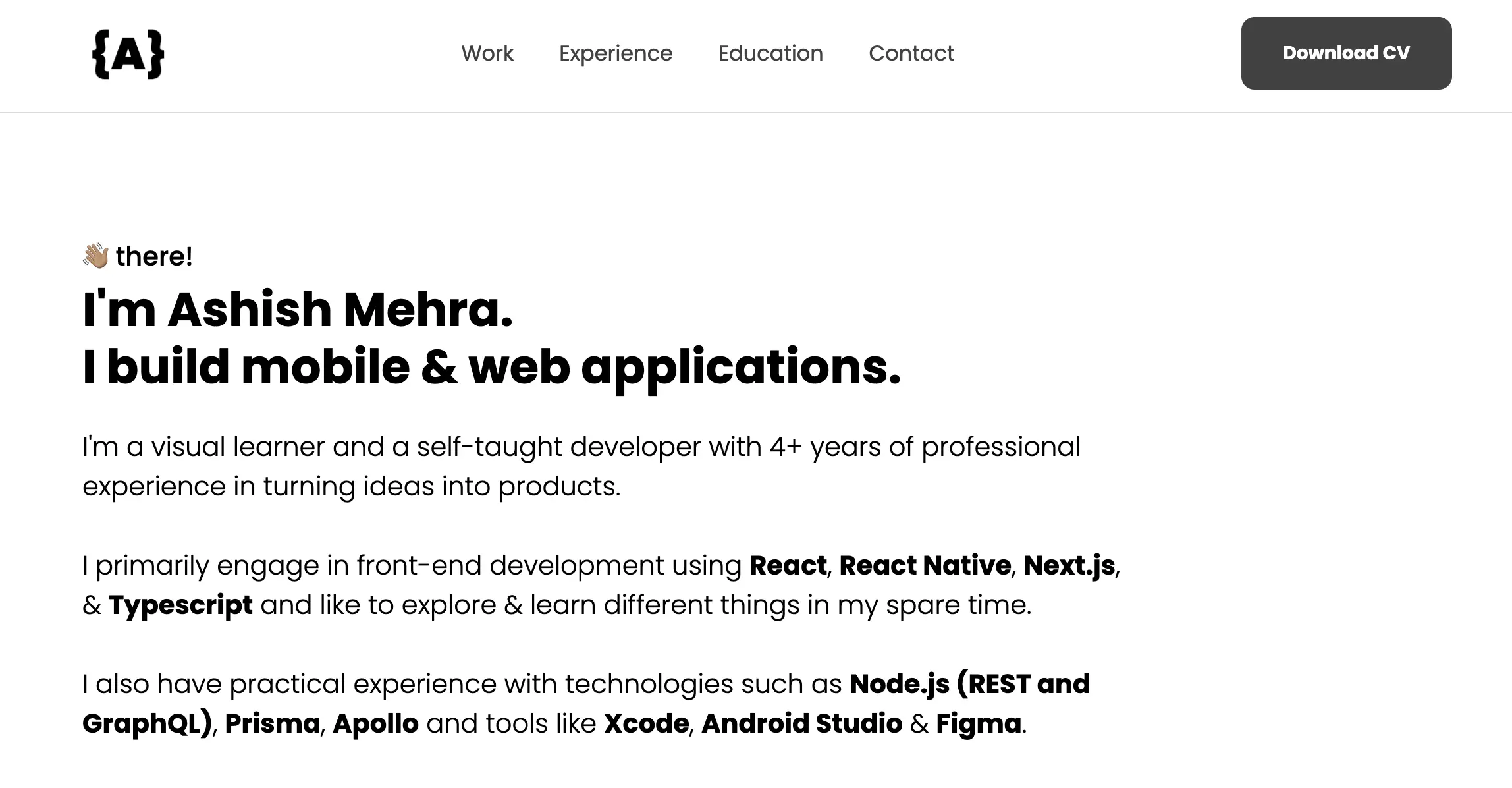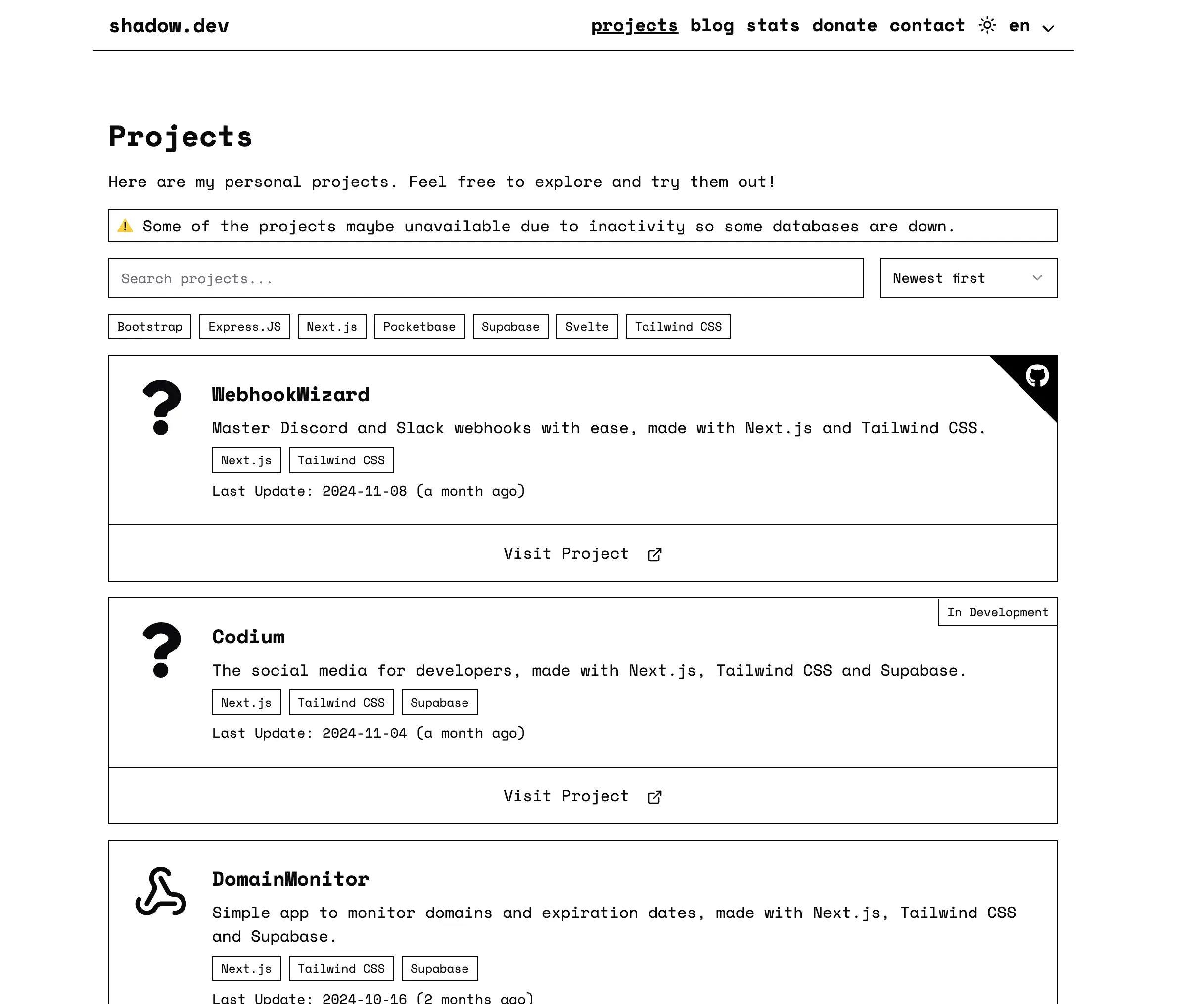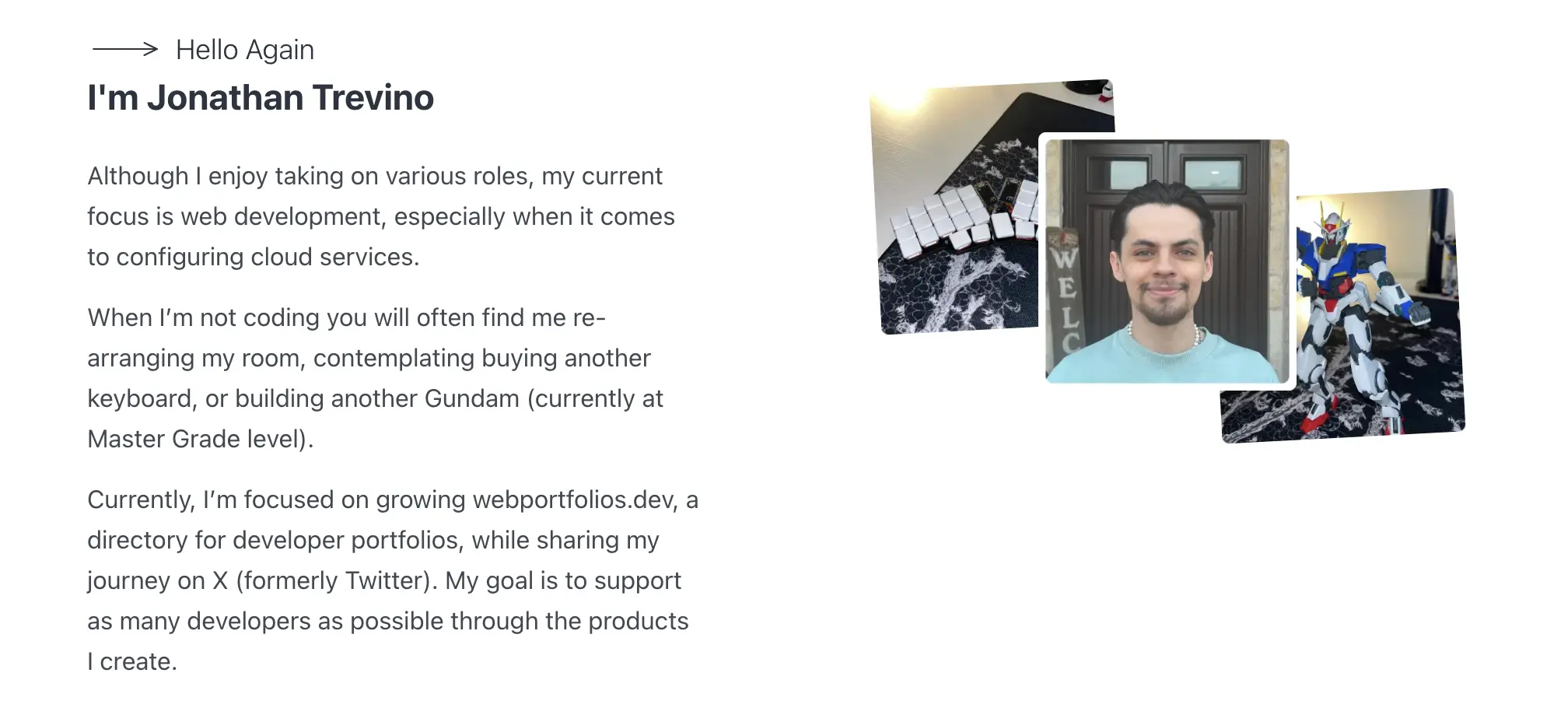Creating a junior developer portfolio is essential to standing out in the competitive world of tech and serves as a key step in establishing your online presence. Whether you’re just starting or refining your portfolio, this guide will walk you through the must-have elements for every junior web developer portfolio. From the best tech stacks to use to how to structure your portfolio, and optimize it for job opportunities, we’ve got you covered.
Why a Junior Developer Portfolio is Crucial
As a junior developer, your portfolio is more than just a collection of projects—it’s a reflection of your skills, passion, and ability to learn. A strong junior developer portfolio demonstrates not only your technical abilities but also your problem-solving skills, creativity, and attention to detail. Here's why your portfolio is a key asset:
- Showcase your strengths: Use your portfolio to highlight your best work and demonstrate your knowledge and skills.
- Catch the attention of employers: Recruiters and hiring managers often seek proof of your abilities. Your portfolio, with a personal touch, makes a compelling case.
- Prove your commitment: A well-crafted portfolio signals your dedication to growing as a developer. Adding elements like an active blog demonstrates continuous learning, making a strong impression on potential employers.
Building a Strong Junior Developer Portfolio on GitHub
If you don’t have a dedicated portfolio website, your GitHub account can be a great alternative—provided your projects are high-quality and well-organized. Here’s how to leverage GitHub for your portfolio:
- Make repositories public: Hiring managers want to see your work and approach to coding challenges.
- Prioritize quality over quantity: A few well-executed projects with clean, functional code and thorough documentation are more impactful than many unfinished ones.
- Include READMEs: Well-written README files clarify the purpose of each project and demonstrate good documentation practices.
Consider hosting your portfolio on GitHub Pages. It’s a free, straightforward way to get your portfolio online. Check out our guide on Launch and Host Your GitHub Pages Portfolio for Free for more detailed steps.
Structuring Your Junior Developer Portfolio for Maximum Impact
A clear, organized portfolio is key to ensuring visitors focus on your work instead of getting lost in a confusing design. Here are key pages and elements to consider:
Home Page
The home page is the first impression visitors get, so it should introduce who you are as a junior web developer. Include a brief intro highlighting your expertise and a call-to-action, such as a link to your projects or contact form.
Example: Ashish Mehra’s Portfolio Home Page

Projects Page
Showcase 3-5 of your top projects with detailed descriptions of the problem each project solves and the technologies you used. Include links to the GitHub repository and live demos, if available.
Example: Diogo Gaspar’s Portfolio Project Page

About Page
Your about page provides visitors with insight into your journey as a developer. Share your background and motivations for pursuing web development. Keep it concise but engaging, adding some personality without overdoing it.
Example: Jonathan Trevino’s Portfolio About Page

Contact Page
Make it easy for potential employers or collaborators to reach out. Include a contact form or provide your email along with links to your professional profiles or social media. Ensure the contact page is accessible from every section of your portfolio.
Need help adding a contact page? Check out our guide on How to Add a Portfolio Contact Page with HTML.
Highlighting Open Source Contributions
Open-source contributions are a great way to showcase your collaboration skills and commitment to continuous learning. Here’s how to make the most of them:
- Showcase your contributions: Dedicate a section of your portfolio to the open-source projects you’ve contributed to. Include the project name, your role, and a brief description.
- Explain your impact: Discuss the challenges you faced and how you contributed—whether through bug fixes, feature additions, or code reviews.
- Link to your work: Provide direct links to the repositories, so recruiters can examine your code firsthand.
Optimizing Your Junior Developer Portfolio for SEO
A well-optimized portfolio ensures that recruiters and hiring managers can find you when searching for junior developers. Follow these tips to boost your visibility:
- Use relevant keywords: Include keywords like “junior developer portfolio,” “entry-level developer portfolio,” and “best junior developer projects” throughout your site content, titles, and meta descriptions.
- Optimize images: Compress images and use descriptive alt text to improve load times and accessibility.
- Create a blog or case studies: Sharing insights into how you solve problems or explain complex concepts positions you as a knowledgeable developer.
- Ensure mobile responsiveness: Your portfolio should look great on any device. Mobile-friendliness is a key ranking factor for SEO.
SEO Example
Here’s how to set up essential SEO meta tags for your portfolio webpage:
<head>
<meta charset="UTF-8">
<meta name="viewport" content="width=device-width, initial-scale=1.0">
<title>John Doe’s Junior Developer Portfolio</title>
<meta name="description" content="John Doe’s junior developer portfolio showcases essential projects and skills that make him an excellent candidate for entry-level web development positions. Explore his best work and see why he’s ready to contribute to your team.">
<meta name="keywords" content="John Doe, junior developer portfolio, entry-level developer portfolio, best junior developer projects, web development, programming portfolio">
</head>
Junior Developer Portfolio Mistakes To Avoid
Avoid these common mistakes when building your portfolio:
- Lack of structure: A cluttered, difficult-to-navigate portfolio can discourage potential employers. Ensure your portfolio is easy to navigate and easy to browse.
- No real projects: Relying solely on tutorial-based projects won't show your full potential. Showcase real projects that demonstrate creativity and problem-solving.
- Not showcasing your learning process: Employers value developers who are always improving. Highlight how you've learned new skills or solved tough problems.
Conclusion: Build A Portfolio That Gets You Hired
Your junior developer portfolio is more than just a project showcase—it’s your key to landing your first job in tech. By following these tips and structuring your portfolio effectively, you’ll increase your chances of impressing hiring managers and standing out in the competitive field of web development.